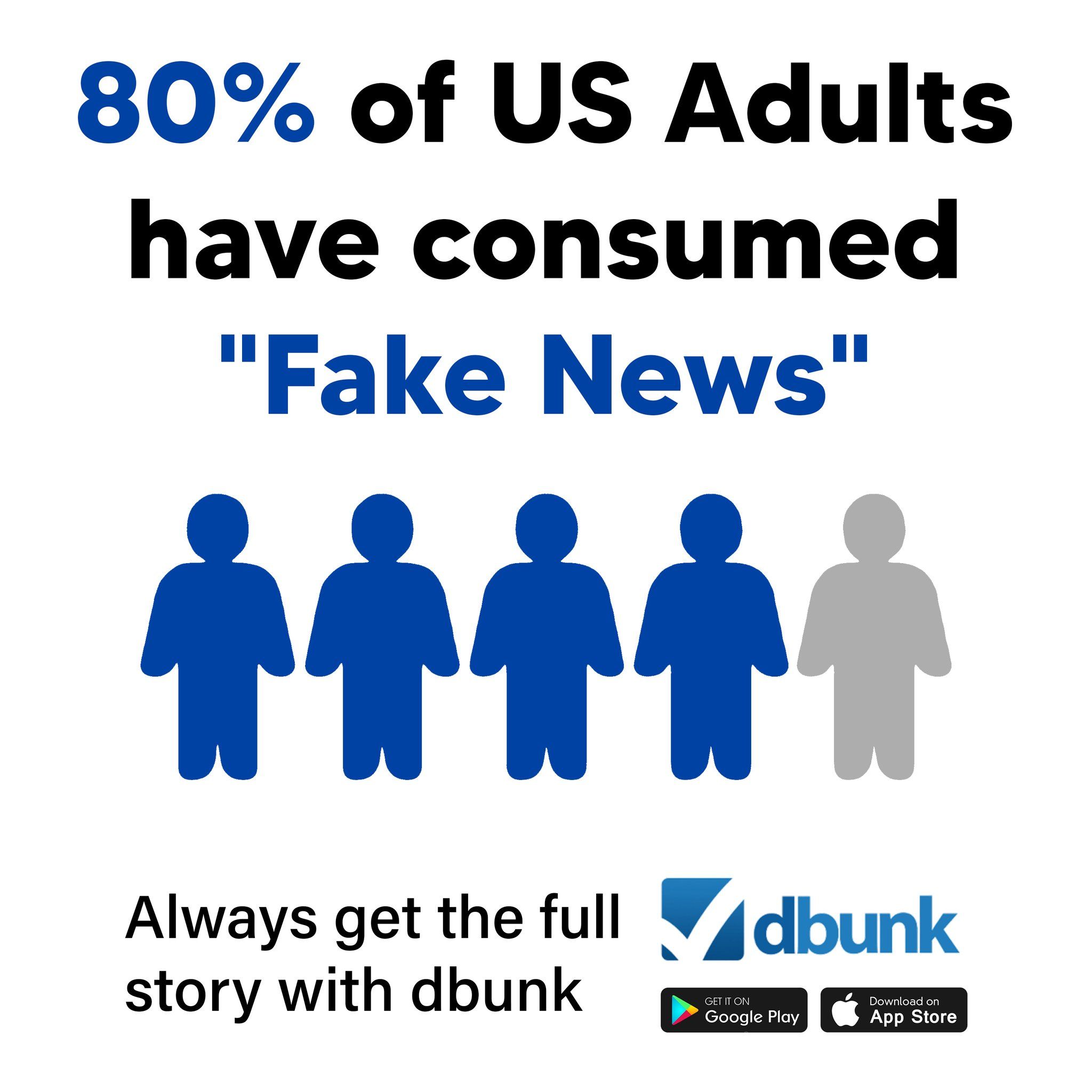
One of our subscribers recently submitted a request to fact-check a CNBC article discussing President Donald Trump’s announcement of tariffs on Mexico, Canada, and an additional tariff on China. As misinformation spreads quickly, we took a closer look at the claims made in the article and assessed whether everything presented aligns with the truth.
Where Does This Article Provide Misinformation?
While the CNBC article reports accurately on the timing of Trump’s tariffs, there are key areas where misleading statements and missing context must be addressed:
1. Contradicting Timelines Create Confusion
The article highlights a discrepancy between Trump’s Truth Social post and White House National Economic Council Director Kevin Hassett’s remarks on CNBC’s “Squawk Box.” However, it misrepresents the nature of this contradiction. The article suggests Trump’s post directly overturns Hassett’s timeline, but this ignores that Hassett was citing an earlier statement from Trump. The inconsistency lies in evolving White House messaging rather than a clear-cut contradiction.

2. No Evidence Provided for Drug Trafficking Justification
Trump justified the continuation of tariffs by claiming, “illicit drugs are still pouring into our Country from Mexico and Canada at very high and unacceptable levels.” However, the article does not provide any verification of whether drug flows from these countries have remained the same, increased, or decreased. By not citing any data, the assertion remains an unverified claim rather than a fact.
3. Misleading Implications on China Tariffs
The article states that “China, which already faces 10% U.S. tariffs on its products, will likewise be charged an additional 10% Tariff on that date.” While technically true, the wording misleads by implying that all Chinese goods are affected. In reality, tariff rates vary significantly across industries, and some products already face much higher duties. The article does not clarify whether this additional tariff applies broadly or is limited to specific categories, leaving out critical details impacting American businesses and consumers.

How Will These Tariffs Affect American Consumers?
Many people wonder how these tariffs will impact their daily expenses. Historically, tariffs on imports tend to raise costs for American consumers because businesses often pass those expenses onto buyers. For example, with a 25% tariff on Mexican and Canadian imports, products like cars, electronics, and raw materials could see price hikes. The same goes for Chinese imports, where an extra 10% could increase costs on everything from household appliances to tech products.
Despite this, the article does not examine the broader economic impact of these tariffs. It also doesn’t provide viewpoints from economists or industry experts who could shed light on the real effects for consumers, making the coverage one-sided and lacking in depth.

Final Verdict
While the CNBC article covers the broad strokes of Trump’s tariff announcements, inconsistencies and missing context create a misleading picture. The supposed contradiction in White House statements is misrepresented, an important justification remains unverified, and the nature of tariffs on Chinese goods lacks clarity. Readers should approach this reporting with caution and seek additional verification before making conclusions.
To stay informed and get fact-checked news without the confusion, download the DBUNK app today.

Read the original article here: CNBC Article

